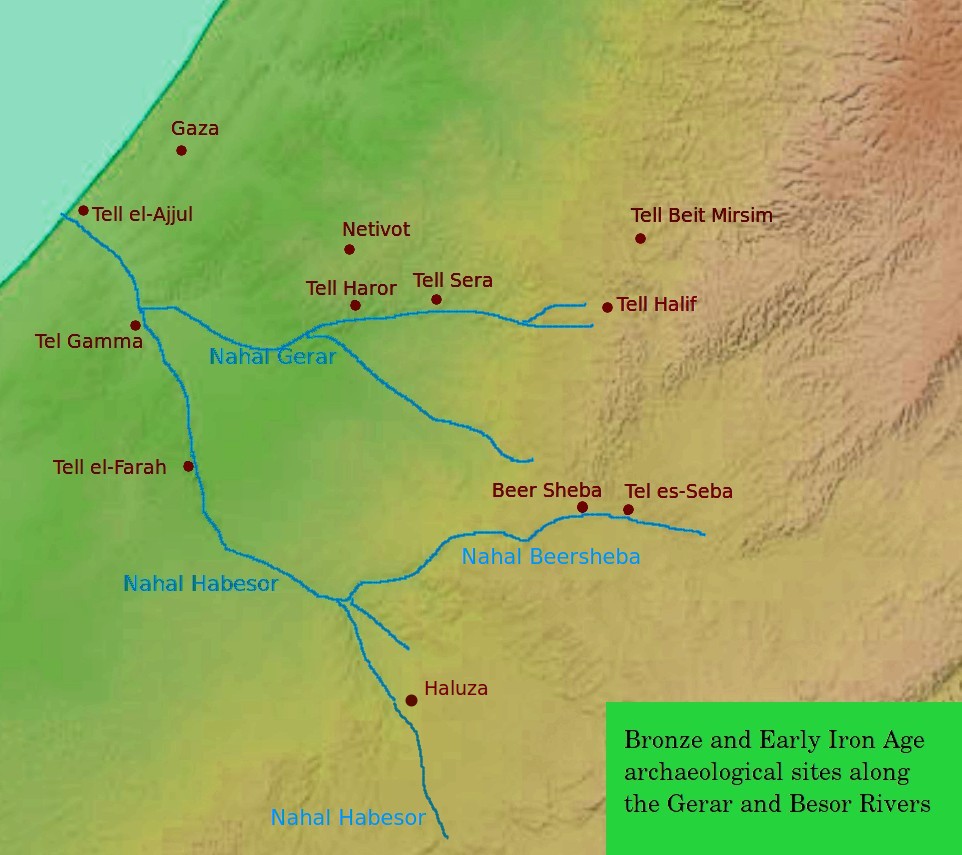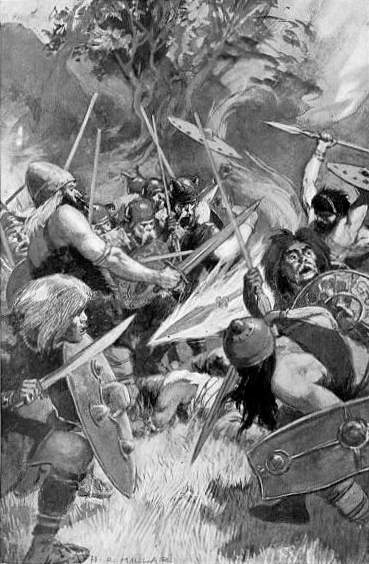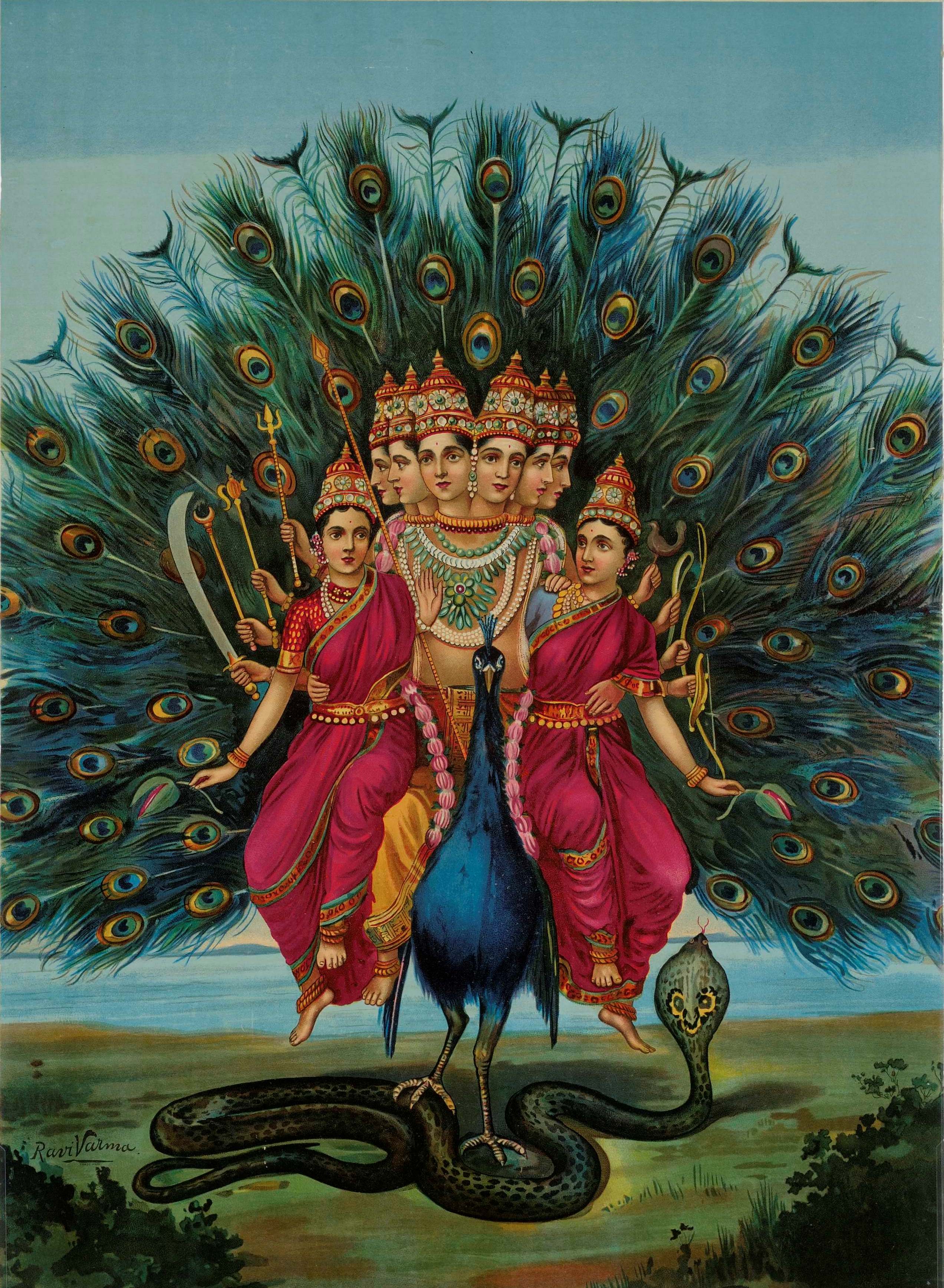|
National God
A national god is a Tutelary deity, guardian divinity whose special concern is the safety and well-being of an ethnic group (''nation''), and of that group's leaders. This is contrasted with other guardian figures such as family gods responsible for the well-being of individual clans or professions, or personal gods who are responsible for the well-being of individuals. Ancient gods In antiquity (and to some extent continuing today), religion was a characteristic of regional culture, together with language, customs, traditions, etc. Many of these ethnic religions included national god(s) in their pantheons, such as * Amaterasu of the Japanese; * Amun, Amun-Ra and Horus for the Egyptians; * Apollo for the people of Troy; * Aramazd for Armenians * eponymous Ashur (god), Assur for the Assyrians; * Astarte, Ashtoret for the Sidonians; * the eponymous Athena, Athena-Mykene for the Athenians and Mycenaeans; * Baal for the Phoenicians; * Bathala of the Tagalog people, Tagalogs; * Ch ... [...More Info...] [...Related Items...] OR: [Wikipedia] [Google] [Baidu] |
Tutelary Deity
A tutelary () (also tutelar) is a deity or a spirit who is a guardian, patron, or protector of a particular place, geographic feature, person, lineage, nation, culture, or occupation. The etymology of "tutelary" expresses the concept of safety and thus of guardianship. In late Greek and Roman religion, one type of tutelary deity, the ''genius'', functions as the personal deity or ''daimon'' of an individual from birth to death. Another form of personal tutelary spirit is the familiar spirit of European folklore. Ancient Greece Socrates spoke of hearing the voice of his personal spirit or ''daimonion'': The Greeks also thought deities guarded specific places: for instance, Athena was the patron goddess of the city of Athens. Ancient Rome Tutelary deities who guard and preserve a place or a person are fundamental to ancient Roman religion. The tutelary deity of a man was his Genius, that of a woman her Juno. In the Imperial era, the Genius of the Emperor was a focus of Imperia ... [...More Info...] [...Related Items...] OR: [Wikipedia] [Google] [Baidu] |
Philistia
Philistia (; Koine Greek (LXX): Γῆ τῶν Φυλιστιείμ, romanized: ''gê tôn Phulistieìm''), also known as the Philistine Pentapolis, was a confederation of cities in the Southwest Levant, which included the cities of Ashdod, Ashkelon, Ekron, Gath, Gaza, and for a time, Jaffa. The population, according to the most recent assessments, was, in all probability, formed basically from Canaanite stock going back to the Bronze Age,Benjamin M. Sulliva'In the Shadow of Phoenicia,' The Journal of Hellenic Studies, 2018, Vol. 138 pp.67-79 p.70 tinged with an Indo-European admixture of people from an Aegean background from roughly 1200 BCE onwards, and came to be known as ''Peleset'', or Philistines. At its maximum territorial expansion, its territory may have stretched along the Canaanite coast from Arish in the Sinai (today's Egypt) to the Yarkon River (today's Tel Aviv), and as far inland as Ekron and Gath. Nebuchadnezzar II invaded Philistia in 604 BC, burned Ashkelon ... [...More Info...] [...Related Items...] OR: [Wikipedia] [Google] [Baidu] |
Celts
The Celts (, see pronunciation for different usages) or Celtic peoples () are. "CELTS location: Greater Europe time period: Second millennium B.C.E. to present ancestry: Celtic a collection of Indo-European peoples. "The Celts, an ancient Indo-European people, reached the apogee of their influence and territorial expansion during the 4th century bc, extending across the length of Europe from Britain to Asia Minor."; . " e Celts, were Indo-Europeans, a fact that explains a certain compatibility between Celtic, Roman, and Germanic mythology."; . "The Celts and Germans were two Indo-European groups whose civilizations had some common characteristics."; . "Celts and Germans were of course derived from the same Indo-European stock."; . "Celt, also spelled Kelt, Latin Celta, plural Celtae, a member of an early Indo-European people who from the 2nd millennium bce to the 1st century bce spread over much of Europe."; in Europe and Anatolia, identified by their use of Celtic langua ... [...More Info...] [...Related Items...] OR: [Wikipedia] [Google] [Baidu] |
Lugh
Lugh or Lug (; ga, label=Modern Irish, Lú ) is a figure in Irish mythology. A member of the Tuatha Dé Danann, a group of supernatural beings, Lugh is portrayed as a warrior, a king, a master craftsman and a savior.Olmsted, Garrett. ''The Gods of the Celts and the Indo-Europeans''. University of Innsbruck, 1994. p.117 He is associated with skill and mastery in multiple disciplines, including the arts.Monaghan, Patricia. ''The Encyclopedia of Celtic Mythology and Folklore''. Infobase Publishing, 2004. pp.296-297 Lugh also has associations with oaths, truth and the law, and therefore with rightful kingship.Koch, John T. ''Celtic Culture: A Historical Encyclopedia''. ABC-CLIO, 2006. p.1200 Lugh is linked with the harvest festival of Lughnasadh, which bears his name. His most common epithets are ''Lámfada'' ("long hand" or "long arm", possibly for his skill with a spear or his ability as a ruler) and ''Samildánach'' ("equally skilled in many arts"). In mythology, Lugh is the ... [...More Info...] [...Related Items...] OR: [Wikipedia] [Google] [Baidu] |
Ông Trời
Ông Trời ( Chữ Nôm: 翁𡗶; "Old Man Sky/Heaven" / "Grandfather Sky/Heaven") commonly referred to as Trời (𡗶; "Sky/Heaven"); Ông Thiên (翁天); also called Ngọc Hoàng Thượng Đế (Chữ Hán: 玉皇上帝; "Highest Deity the Jade Emperor"), referred to as Ngọc Hoàng (玉皇; "Jade Emperor"), or Thượng đế (Chữ Hán: 上帝; " Highest Deity"), Ngọc Đế (玉帝), Ngọc Hoàng Đại Đế (玉皇大帝), Hạo Thiên Đế (昊天帝) is the king of the gods in mythology and Vietnamese folk religion. In the Đạo Mẫu, he is called the Vua Cha Ngọc Hoàng (𢂜吒玉皇; "Monarchial Father the Ngọc Hoàng). In Vietnamese Buddhism, he is frequently identified with Śakra. Mythology Ông Trời was originally the Vietnamese god, later influenced by Taoism from China, this god was identified with the Jade Emperor (Ngọc Hoàng). Origin The origin of this god is not agreed, according to one of the most popular stories recounted that: ... [...More Info...] [...Related Items...] OR: [Wikipedia] [Google] [Baidu] |
Sri Lanka
Sri Lanka (, ; si, ශ්රී ලංකා, Śrī Laṅkā, translit-std=ISO (); ta, இலங்கை, Ilaṅkai, translit-std=ISO ()), formerly known as Ceylon and officially the Democratic Socialist Republic of Sri Lanka, is an island country in South Asia. It lies in the Indian Ocean, southwest of the Bay of Bengal, and southeast of the Arabian Sea; it is separated from the Indian subcontinent by the Gulf of Mannar and the Palk Strait. Sri Lanka shares a maritime border with India and Maldives. Sri Jayawardenepura Kotte is its legislative capital, and Colombo is its largest city and financial centre. Sri Lanka has a population of around 22 million (2020) and is a multinational state, home to diverse cultures, languages, and ethnicities. The Sinhalese are the majority of the nation's population. The Tamils, who are a large minority group, have also played an influential role in the island's history. Other long established groups include the Moors, the Burghers ... [...More Info...] [...Related Items...] OR: [Wikipedia] [Google] [Baidu] |
Kataragama Deviyo
Kataragama deviyo (also called: Skanda Kumara, Kartikeya, si, කතරගම දෙවියෝ) is a guardian deity of Sri Lanka. A popular deity who is considered to be very powerful, shrines dedicated to Kataragama deviyo are found in many places of the country. Sinhalese Buddhists believe him also as a divine patron of the Buddha Sasana in Sri Lanka. An ancient temple dedicated to ''God Kataragama'', known as '' Ruhunu Maha Kataragama Devalaya'' is situated in the South-Eastern town of Kataragama in Monaragala District of Uva Province. Today ''Ruhunu Maha Kataragama devalaya'' has become a temple which attracts and unites people of different religions and faiths. Thousands of devotees from Sri Lanka and other parts of the world visit this temple daily. Kataragama deviyo is identified with ''God Skanda'' of Hindu tradition, who is called as ''Murugan'' by the Tamil people. There is also an identical guardian deity of Mahayana Buddhism, known as Skanda. Theosophists ident ... [...More Info...] [...Related Items...] OR: [Wikipedia] [Google] [Baidu] |
Jade Emperor
The Jade Emperor or Yudi ( or , ') in Chinese culture, traditional religions and myth is one of the representations of the first god ( '). In Daoist theology he is the assistant of Yuanshi Tianzun, who is one of the Three Pure Ones, the three primordial emanations of the Tao. He is often identified with Śakra in Chinese Buddhist cosmology. The Jade Emperor is known by many names, including Heavenly Grandfather (, '), which originally meant "Heavenly Duke", which is used by commoners; the Jade Lord; the Highest Emperor; Great Emperor of Jade (, ' or , '). Chinese mythology There are many stories in Chinese mythology involving the Jade Emperor. He can also be regarded as a traditional figure among the White Lotus secret society. Origin It was said that Jade Emperor was originally the crown prince of the kingdom of Pure Felicity and Majestic Heavenly Lights and Ornaments. At birth, he emitted a wondrous light that filled the entire kingdom. When he was young, he was kind, ... [...More Info...] [...Related Items...] OR: [Wikipedia] [Google] [Baidu] |
Itzamna
Itzamna () is, in Maya mythology, an upper god and creator deity thought to reside in the sky. Itzamna is one of the most important gods in the Classic and Postclassic Maya pantheon. Although little is known about him, scattered references are present in early-colonial Spanish reports (''relaciones'') and dictionaries. Twentieth-century Lacandon lore includes tales about a creator god (Nohochakyum or Hachakyum) who may be a late successor to him. In the pre-Spanish period, Itzamna was often depicted in books and in ceramic scenes derived from them. Before the names of the Maya deities were deciphered, Itzamna was known as "god D", and is still sometimes referred to as "god D" by archeologists. Name J. Eric S. Thompson originally interpreted the name Itzamna as "lizard house", ''itzam'' being a Yucatecan word for iguana and ''na'' meaning "house". However, Thompson's translation has gradually been abandoned. While there is no consensus on the exact meaning of the name Itzamna, it ... [...More Info...] [...Related Items...] OR: [Wikipedia] [Google] [Baidu] |
Inti
INTI International University & Colleges are private university colleges located in Malaysia. The main campus was initially known as INTI University College until 31 May 2010 when the Higher Education Ministry announced its upgrade to university status. It is owned by INTI Education Group, which formalised its partnership with Laureate International Universities in 2008 and ended the partnership in 2020. History The college was opened in 1986 in Brickfields, Kuala Lumpur. The college only enrolled 37 students at its inception, but the student population increased to 400 within 18 months. Enrollment continues to increase, causing the college to be re-located to Jalan Sungai Besi, Kuala Lumpur, in 1989. Two years later, with more than 900 full-time students, the college established a permanent campus: INTI College Subang Jaya (ICSJ). It also opened branch campuses in Kuching, Sarawak, in 1991, and a Kota Kinabalu, Sabah, branch in 1996. INTI College Malaysia's (ICM) main camp ... [...More Info...] [...Related Items...] OR: [Wikipedia] [Google] [Baidu] |
Historical Vedic Religion
The historical Vedic religion (also known as Vedicism, Vedism or ancient Hinduism and subsequently Brahmanism (also spelled as Brahminism)), constituted the religious ideas and practices among some Indo-Aryan peoples of northwest Indian Subcontinent (Punjab and the western Ganges plain) during the Vedic period (1500–500 BCE). These ideas and practices are found in the Vedic texts, and some Vedic rituals are still practiced today. It is one of the major traditions which shaped Hinduism, though present-day Hinduism is markedly different from the historical Vedic religion. The Vedic religion developed in the northwestern region of the Indian subcontinent during the early Vedic period (1500–1100 BCE), but has roots in the Eurasian Steppe Sintashta culture (2200–1800 BCE), the subsequent Central Asian Andronovo culture (2000–900 BCE), and the Indus Valley civilization (2600–1900 BCE). It was a composite of the religion of the Central Asian Indo-Aryans, itself "a syncreti ... [...More Info...] [...Related Items...] OR: [Wikipedia] [Google] [Baidu] |
Indra
Indra (; Sanskrit: इन्द्र) is the king of the devas (god-like deities) and Svarga (heaven) in Hindu mythology. He is associated with the sky, lightning, weather, thunder, storms, rains, river flows, and war. volumes/ref> Indra's myths and powers are similar to other Indo-European deities such as Jupiter, Perun, Perkūnas, Zalmoxis, Taranis, Zeus, and Thor, part of the greater Proto-Indo-European mythology. Indra is the most referred deity in the ''Rigveda''. He is celebrated for his powers, and as the one who killed the great evil (a malevolent type of asura) named Vritra, who obstructed human prosperity and happiness. Indra destroys Vritra and his "deceiving forces", and thereby brings rains and sunshine as the saviour of mankind. He is also an important deity worshipped by the Kalash people, indicating his prominence in ancient Hinduism. Indra's significance diminishes in the post-Vedic Indian literature, but he still plays an important role in various m ... [...More Info...] [...Related Items...] OR: [Wikipedia] [Google] [Baidu] |








.png)
.jpg)